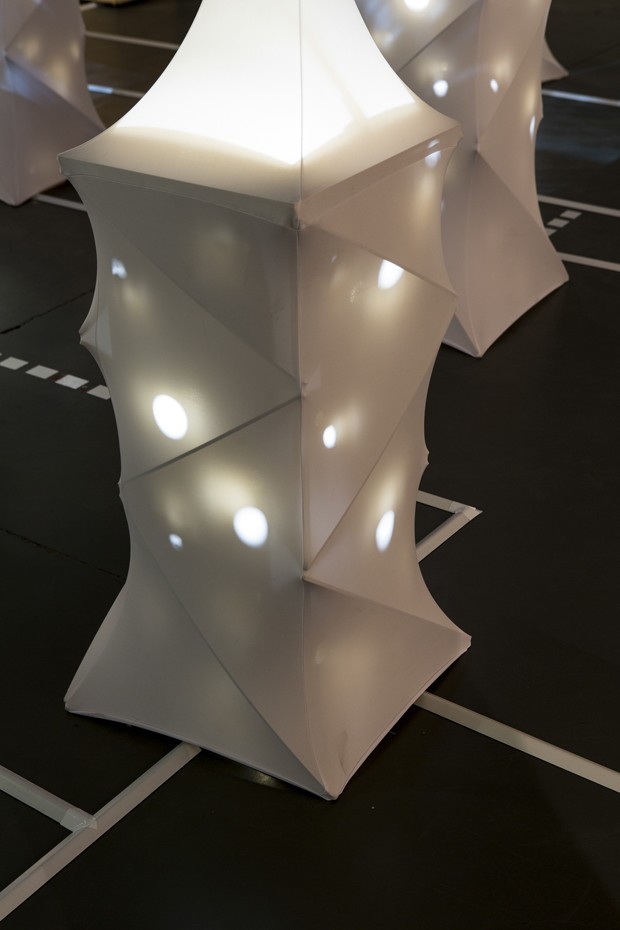All ‘CUSP: Designing into the Next Decade’ wants is to start a two-year Australia-wide conversation with the public and industry.
It has roped in twelve Australian designers to facilitate this discussion: Chris Bosse (LAVA), George Khut, Anupama Kundoo, Healthabitat, Leah Heiss, MATERIALBYPRODUCT, Greg More, Florian Mueller, Stephen Mushin, Alison Page, Super Critical Mass, and Mari Velonaki, who will all feature their works at CUSP.
The exhibition, held at the Casula Powerhouse Arts Centre in Sydney from 6 July to 1 September 2013, explores the potential of design in our daily lives, and suggests that design is increasingly recognised as a virtuosity that has more to offer than simply utility and beauty.
Using their installations and exhibitions, the designers will present a selection of ideas that “could change the way we inhabit the world”.
One example is the ‘Cloud City: An urban ecosystem’ project by LAVA director Chris Bosse.

The sculptural renditions are based on Bosse’s vision of a future world where buildings are intelligent and responsive to external influences like air pressure, temperature, humidity, air pollution and solar radiation. In this world, buildings are not designed, serviced and accessed as isolated structural entities, but are part of a larger network of systems.
“The future is not about what buildings look like, but how they perform, interact and connect with each other. Think of a coral reef, where thousands of species thrive in coexistence of each other and the elements, air, water and sun. The reef is like the city of the future,” says Bosse.

The sculptures present a soaring, stretched membrane-cloud anchored to the city on the gallery floor by high-rise towers that have been re-skinned and revitalised.

In this network city, the distributed cloud communicates and shares smart building technology and joint infrastructure, connectivity and data transfers. This allows transport, housing and urban infrastructure to adapt in response.
Outdated passive building facades of the skyscraper have also been replaced by Bosse with high-performance and smart translucent cocoons that create their own microclimate, generate energy, collect rainwater and improve the distribution of natural daylight.

Other works featured in the exhibition include an artificially intelligent wallpaper that communicates with bystanders, as well as a design methodology that improves the health of disadvantaged communities.
The exhibition will also place a strong emphasis on challenging current beliefs and notions of how cultural content should be presented and experienced. Questions to do with the formats of a 21st century exhibition, or whether a touring exhibition (like CUSP) can be recast as a cumulative sponge collecting new ideas on the road, will be raised.
Following the Casula show, the CUSP exhibition will visit Launceston, Adelaide, Dubbo, Port Macquarie, Brisbane and Mornington Peninsula from 2013-2015. For more information, please visit www.cusp-design.com.
Images: Brett Boardman

